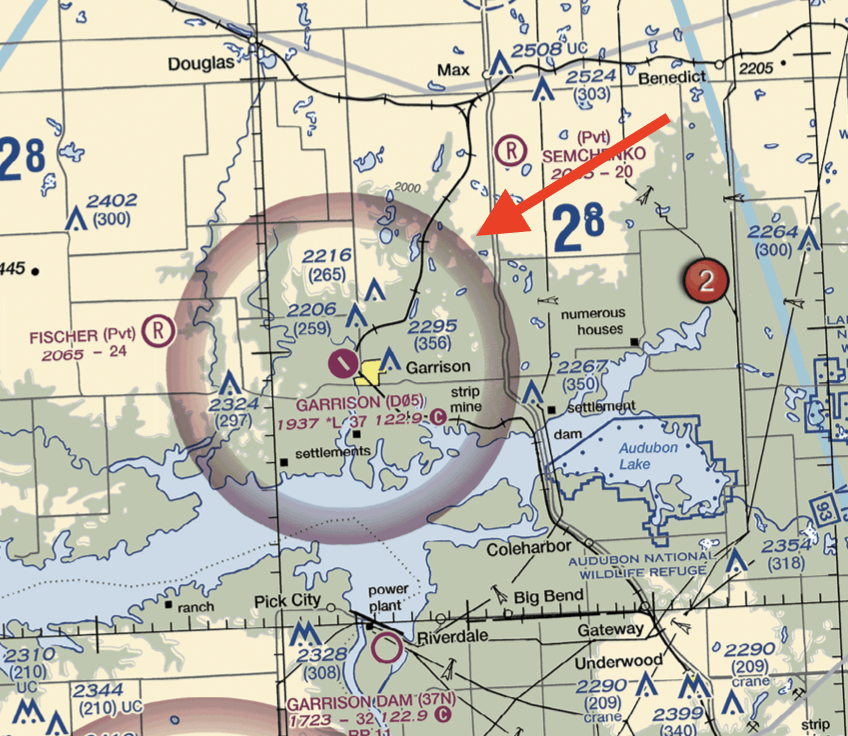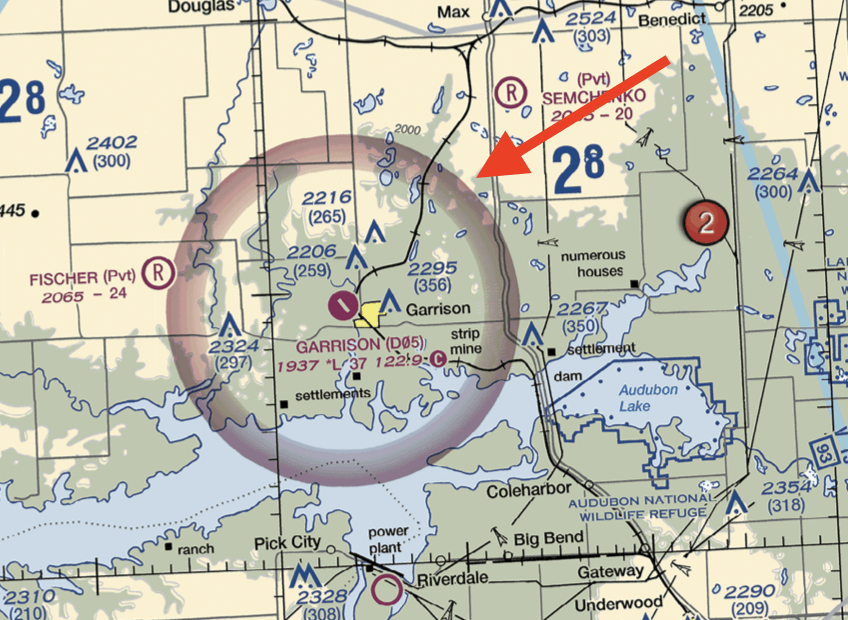Can A Drone Pilot Safely Navigate Class E Airspace?
Understanding Class G And E Airspace For Drone Pilots
Keywords searched by users: Can a drone pilot fly in Class E airspace class e airspace requirements, class e airspace equipment requirements, class e airspace limits, class e airspace starts at, class e airspace on sectional chart, types of class e airspace, class e airspace visibility requirements, class g airspace
Who Can Fly In Class E Airspace?
Understanding Class E Airspace Access
Class E airspace allows various aircraft to operate without the need for continuous communication with Air Traffic Control (ATC). Unlike more restricted airspace classes, such as Class A or Class B, Class E airspace is generally more accessible. There are no specific equipment requirements for entering Class E airspace, making it more accessible to a wide range of aircraft. However, it’s essential to meet the basic Visual Flight Rules (VFR) minimums, which include a visibility of at least 3 statute miles, maintaining an altitude at least 500 feet below clouds, staying 1,000 feet above clouds, and maintaining a horizontal distance of 2,000 feet from clouds. These minimums are in place to ensure safe operations within Class E airspace, especially when aircraft might not have direct ATC guidance. Therefore, understanding these requirements is crucial for pilots and anyone interested in operating within this airspace class.
What Is The Airspace For Drone Pilots?
When it comes to drone piloting and airspace regulations, it’s important to understand the restrictions and permissions involved. Generally, drone pilots are allowed to operate their drones in uncontrolled airspace, which typically extends up to 400 feet above ground level (AGL). However, for commercial drone operators, there’s an additional layer of regulation. Before flying in controlled airspace, they must obtain proper authorization from the Federal Aviation Administration (FAA). Controlled airspace refers to areas where air traffic control actively manages and coordinates aircraft movements, ensuring safety and order in the skies. These regulations aim to prevent potential conflicts between drones and manned aircraft, promoting safe and responsible drone usage. (Note: The original passage provided a date of August 30, 2021, but no specific context for this date was given.)
Can Vfr Pilots Fly In Class E Airspace?
Can VFR (Visual Flight Rules) pilots operate within Class E airspace without obtaining a clearance? Yes, they can. Class E airspace, which extends up to 14,500 feet above mean sea level (MSL), permits VFR flights without the need for specific clearance. You can find information about Class E airspace, especially its lower altitudes, on VFR sectionals, IFR en route low altitude charts, and terminal area charts. This knowledge allows VFR pilots to navigate safely and effectively within this airspace. (Updated information as of August 15, 2020).
Discover 20 Can a drone pilot fly in Class E airspace






Categories: Discover 24 Can A Drone Pilot Fly In Class E Airspace
See more here: maucongbietthu.com

Class E airspace does not prohibit drone flight to anyone, but some circumstances require prior authorization. Class E4 and E3 airspaces do not require prior authorization, but Class E surface area (E2) airspace surrounds small airports and does require airspace authorization.Class E Airspace Requirements
You do not need to be in contact with Air Traffic Control to enter Class Echo airspace. There are no specific equipment requirements. Basic VFR minimums are 3sm visibility, 500′ below clouds, 1,000′ above clouds, 2,000′ horizontal from clouds.In general, you can only fly your drone in uncontrolled airspace below 400 feet above the ground ( AGL ). Commercial drone operators are required to get permission from the FAA before flying in controlled airspace.
Learn more about the topic Can a drone pilot fly in Class E airspace.
- Can You Fly a Drone in Class E Airspace? – Droneblog
- Understanding Class E Airspace | Private Pilot Online Ground School
- Airspace 101 – Rules of the Sky – Federal Aviation Administration
- Class E Airspace: The Logic Behind It (Guide) – Pilot Mall
- About FAA Part 103 for Ultralights – EAA
- Can You Fly a Drone in Class E Airspace? – Droneblog
